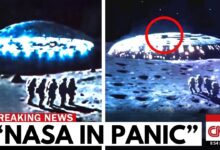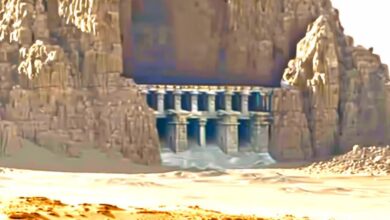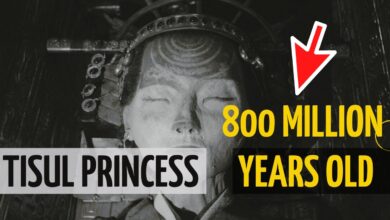What Happened to America’s First Megacity?
The Ancient City of Cahokia – Once the Largest Pre-European City in North America.

**What Happened to America’s First City?**
East of St. Louis, Missouri, a giant grassy hill rises from the plains – that is **Monks Mound**, the most prominent ruin of **Cahokia**, the largest ancient city in North America above Mexico. Nearby are hundreds of smaller mounds, creating a scene that seems mysterious but is of immense historical significance.
### Cahokia – Capital of a Forgotten Civilization
Cahokia was once a major center of the **Mississippian** culture – an indigenous civilization that flourished from about 800 to 1600 AD, spanning the Midwest and Southeast of the United States. Contrary to the popular image of nomadic tribes, the Mississippians built **planned cities**, with ceremonial plazas, religious buildings, and a developed agricultural system that grew corn, squash, and beans.
Around 1100, Cahokia reached its peak with a **population of at least 15,000**, comparable to medieval London. The ruins show the presence of **earthen pyramids**, complex social structures, and a level of urban planning that was unheard of at the time.
### Monks Mound – American Wonder
The most prominent of the more than 100 structures is **Monks Mound** – the largest mound in the Americas. The Cahokians transported **15 million loads of earth by hand** to build it. The mound is nearly **30 meters high**, larger than the Great Pyramid of Giza in Egypt. At the top was a **temple** over 15 meters high – a center of religion and power.
### The Elaborately Planned City
Underneath the earthwork lies an orderly network of **residential areas, small plazas, and functional buildings**. A modern archaeological tool – the **magnetometer** – allows scientists to “scan” the ground like an X-ray, to detect deep structures without digging.
The survey results show that Cahokia was not a chaotic urban area, but a **planned city**, with distinct **neighborhoods**, complex architecture, and **amazing astronomical knowledge** – such as the **Woodhenge**, a giant circle of timbers designed to precisely align the rising sun on the winter and summer solstices.
### Why did Cahokia collapse?
By about 1250, Cahokia began to decline. No new mounds were built, and the population dwindled. The cause remains a mystery: it could have been **tribal conflict**, or **climate change** – the Little Ice Age made the climate drier and colder, crops failed, and it was no longer possible to feed the large population.
Without writing, we can only speculate. However, what is certain is that the **Mississippian culture did not disappear**, but continued to develop through descendant communities, such as the **Osage** today.
### Living legacy of a civilization
For the Osage, Cahokia was not just the past – it was **living heritage**, the spiritual foundation, knowledge and cultural identity. They did not see the mounds as physical structures, but as **prayer incarnated in stone**, a symbol of faith and connection with heaven and earth.
### Conclusion
When mentioning ancient American civilizations, people often think of the **Inca, Maya or Aztec**. But Cahokia demonstrates that **Native North Americans built complex, urbanized, and intellectually profound societies** – something that old stereotypes have overlooked.








